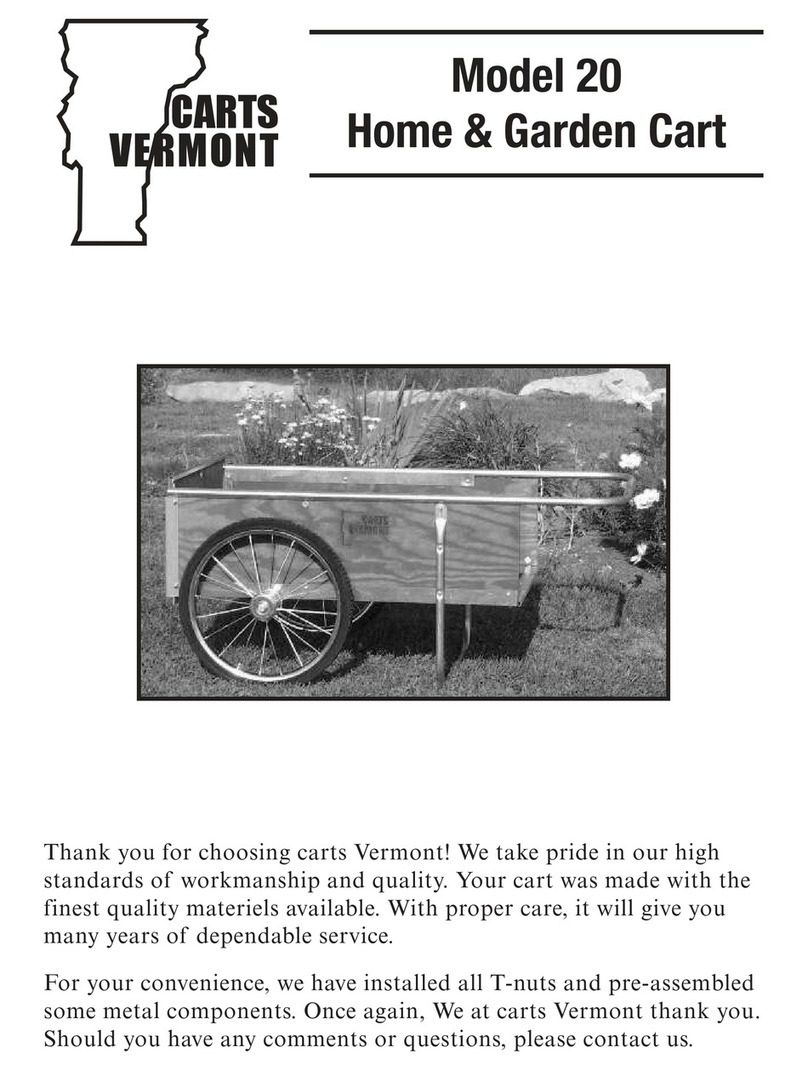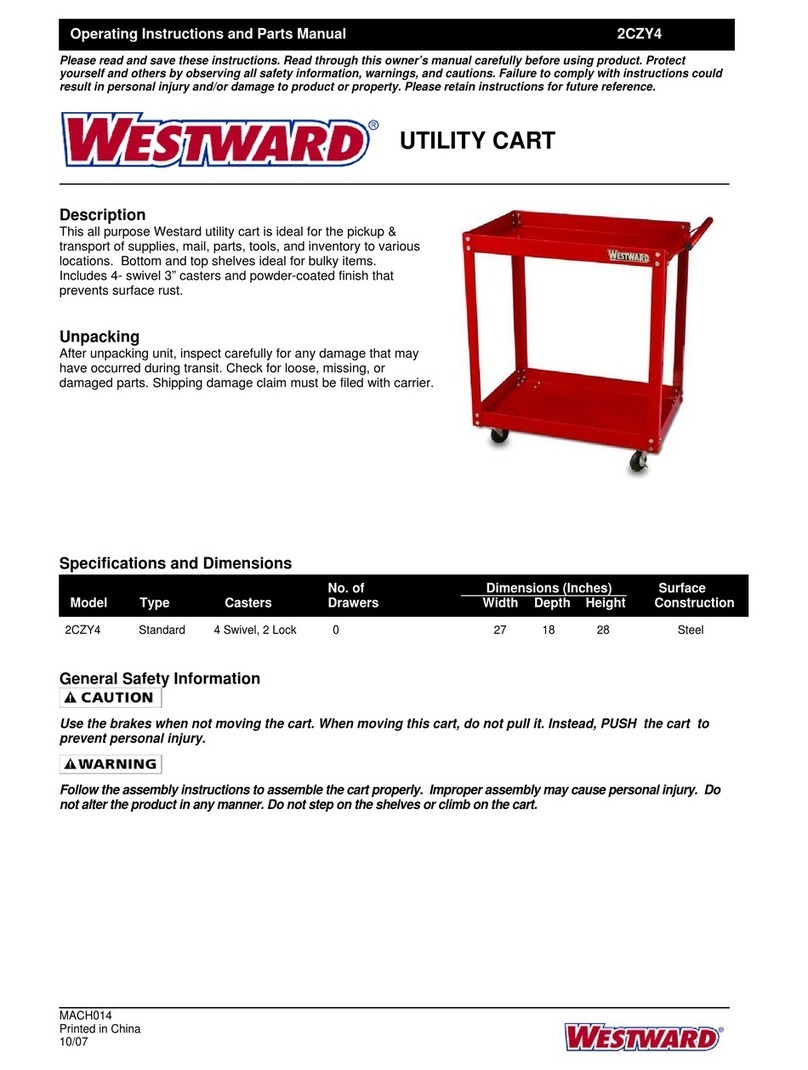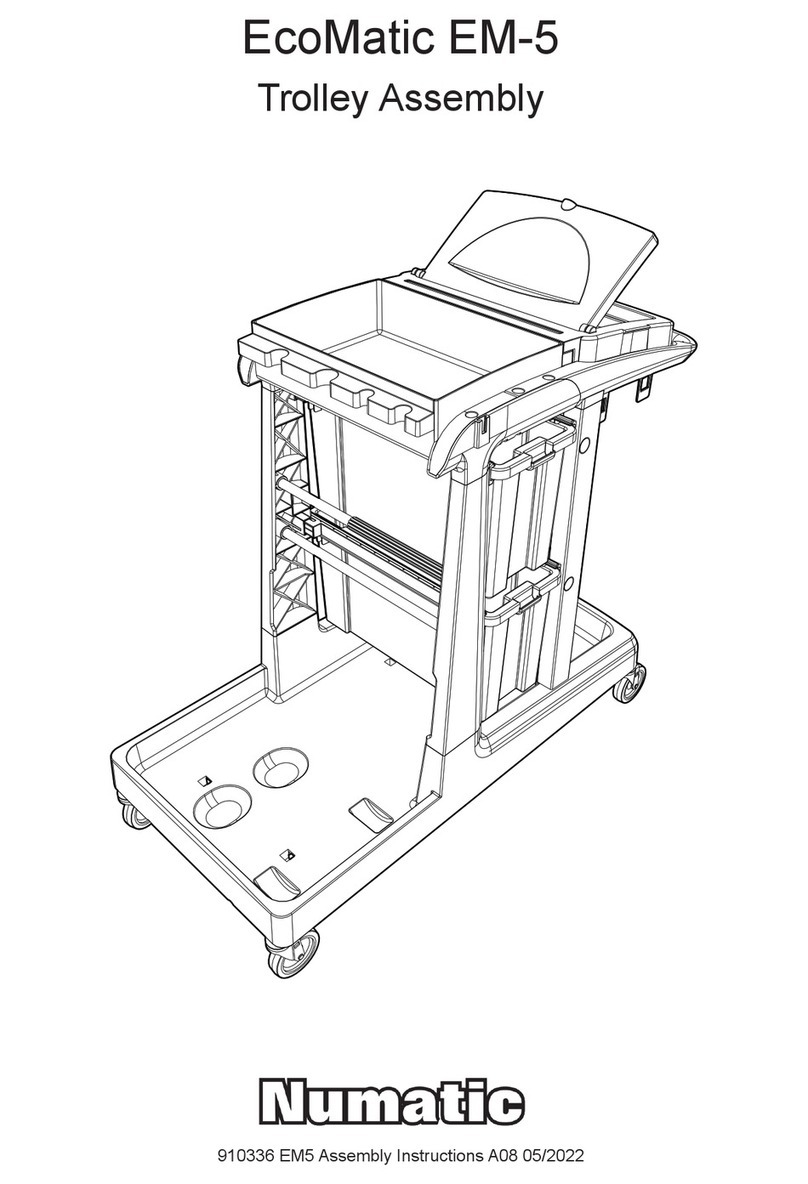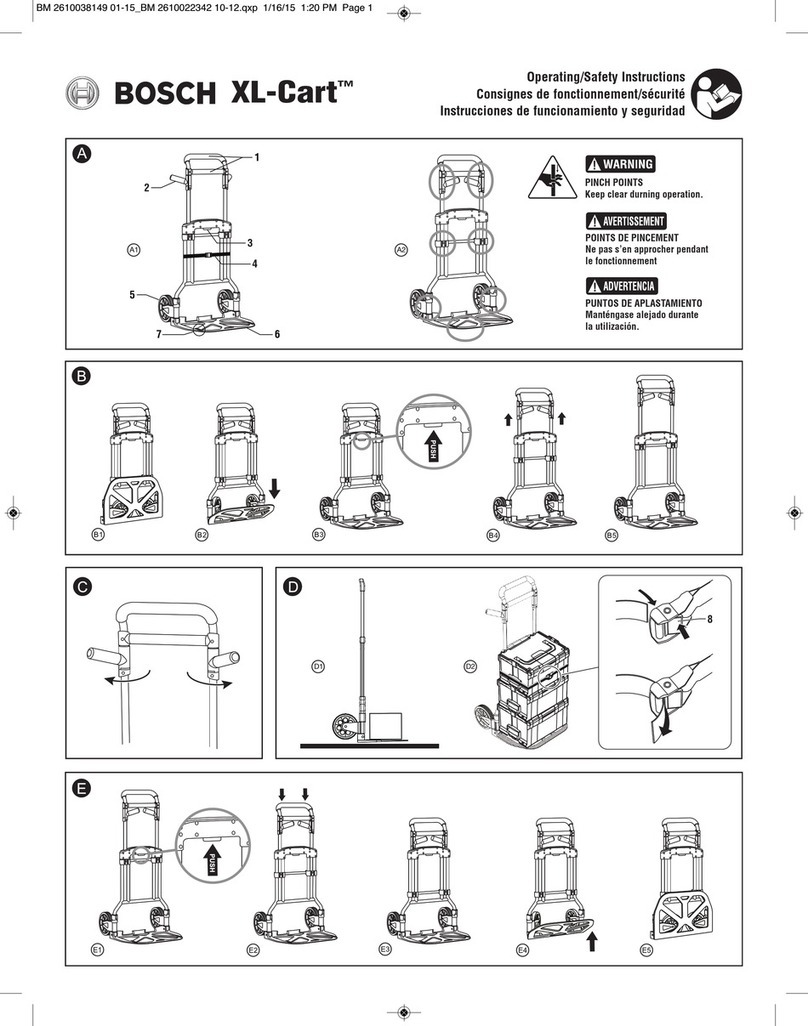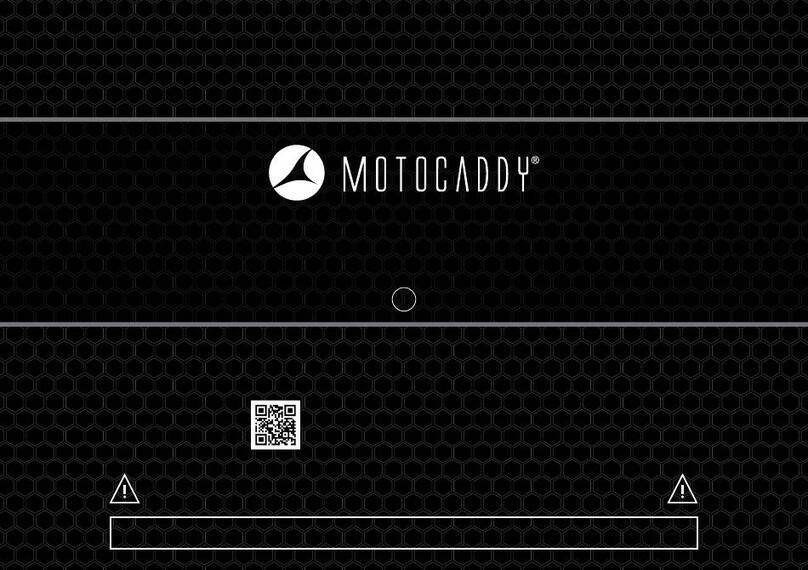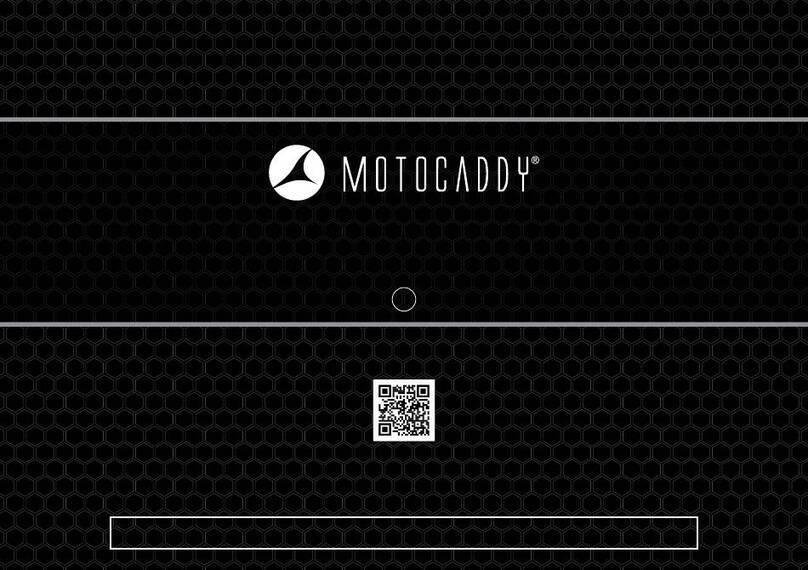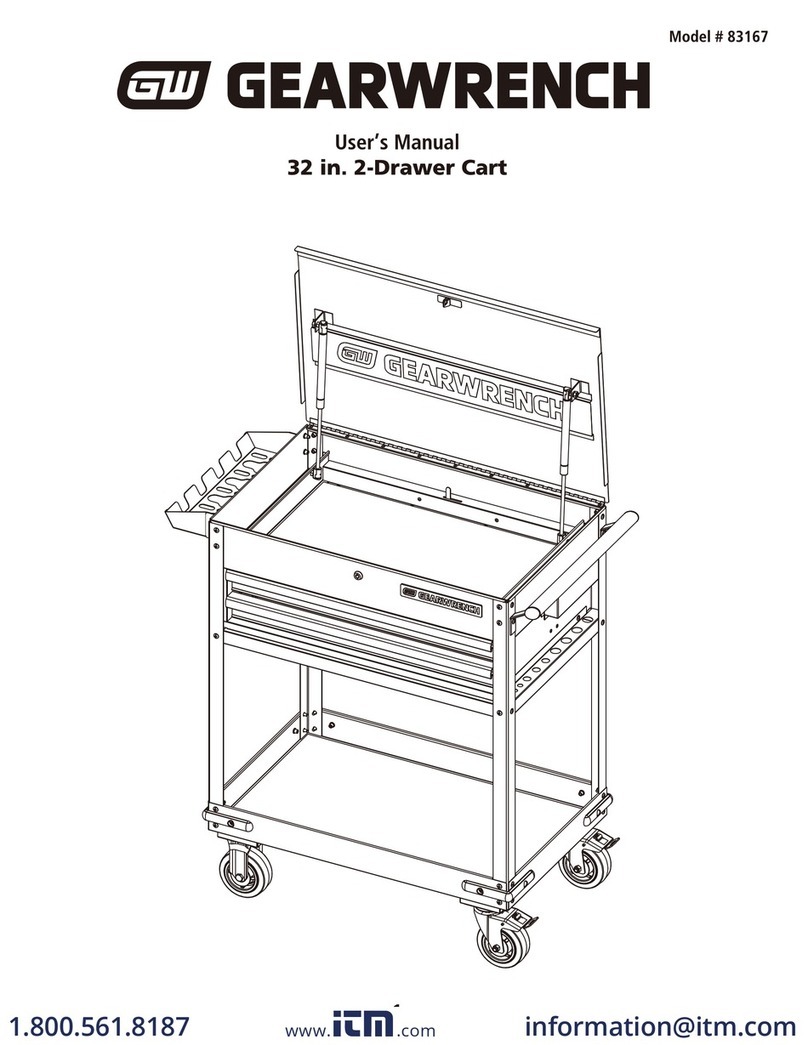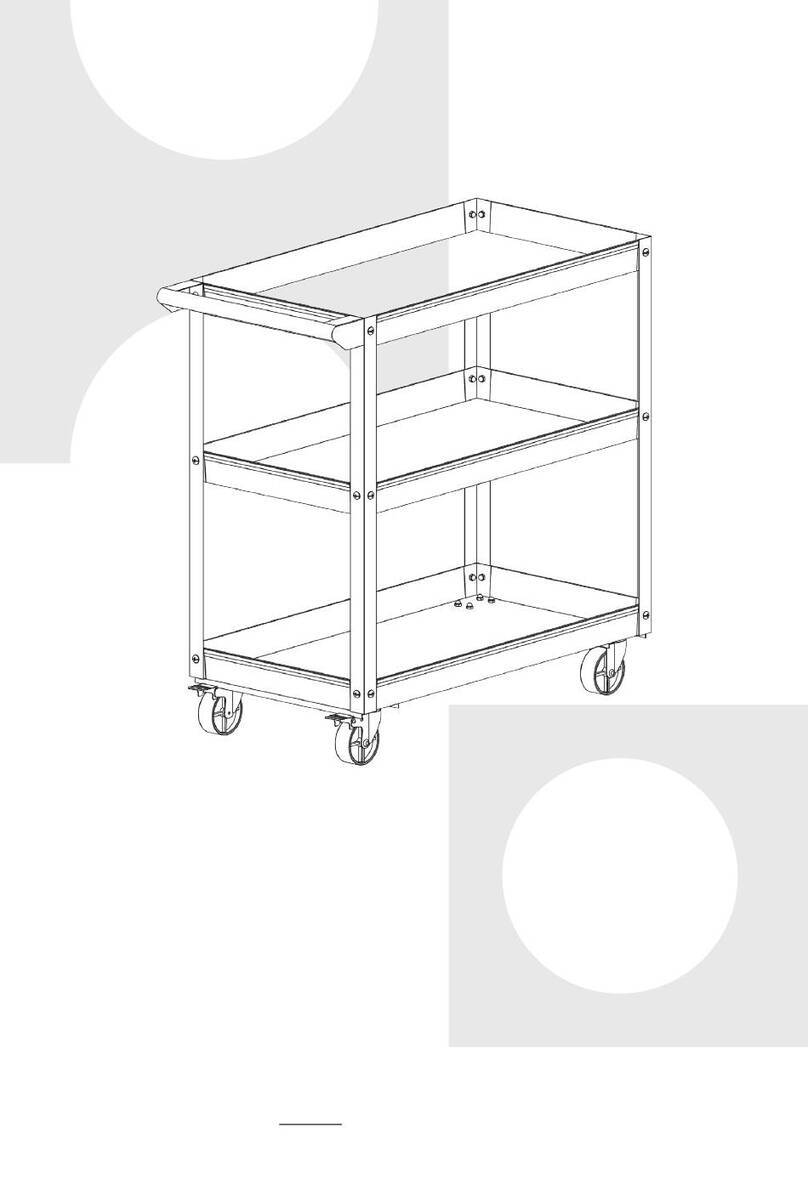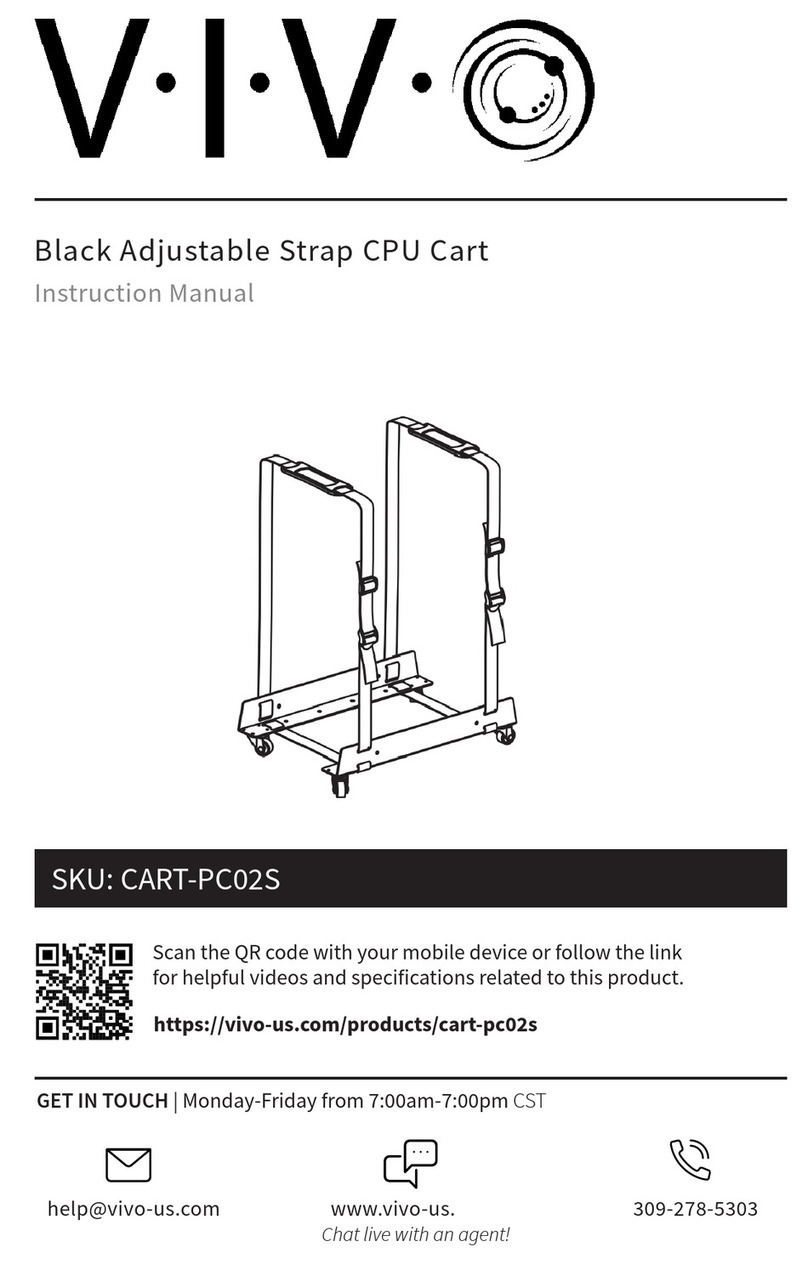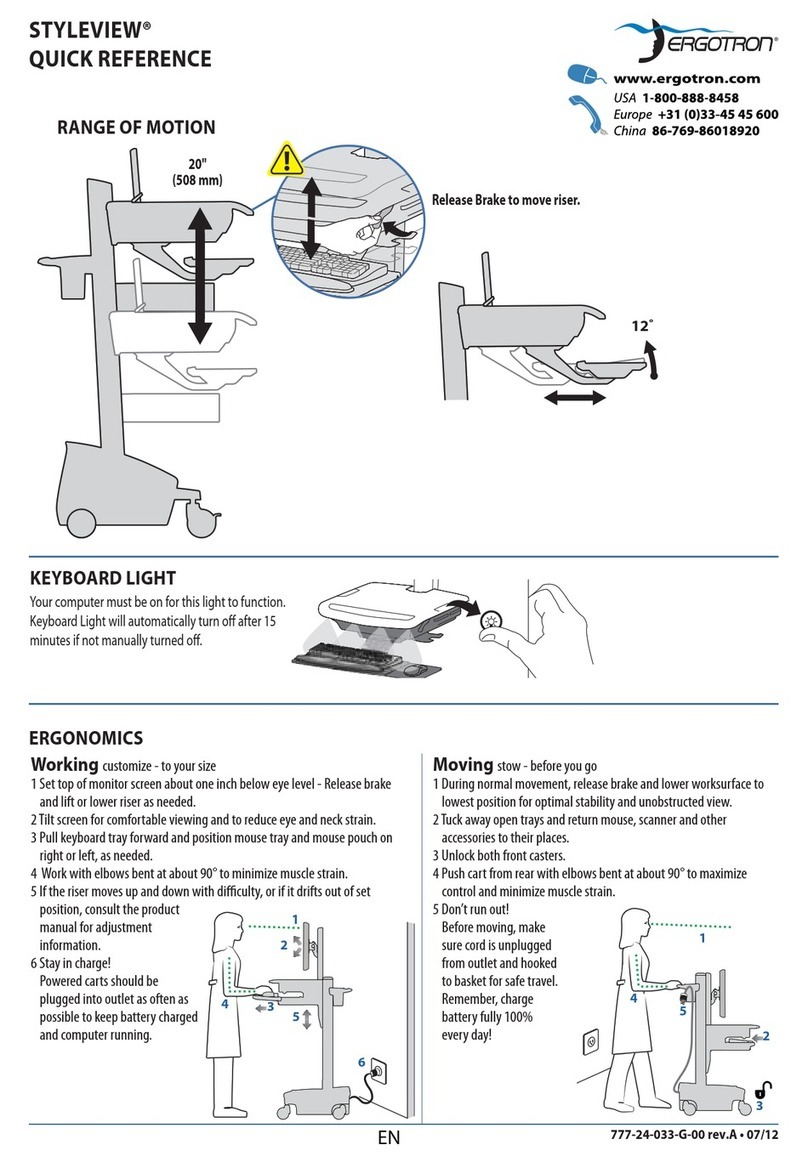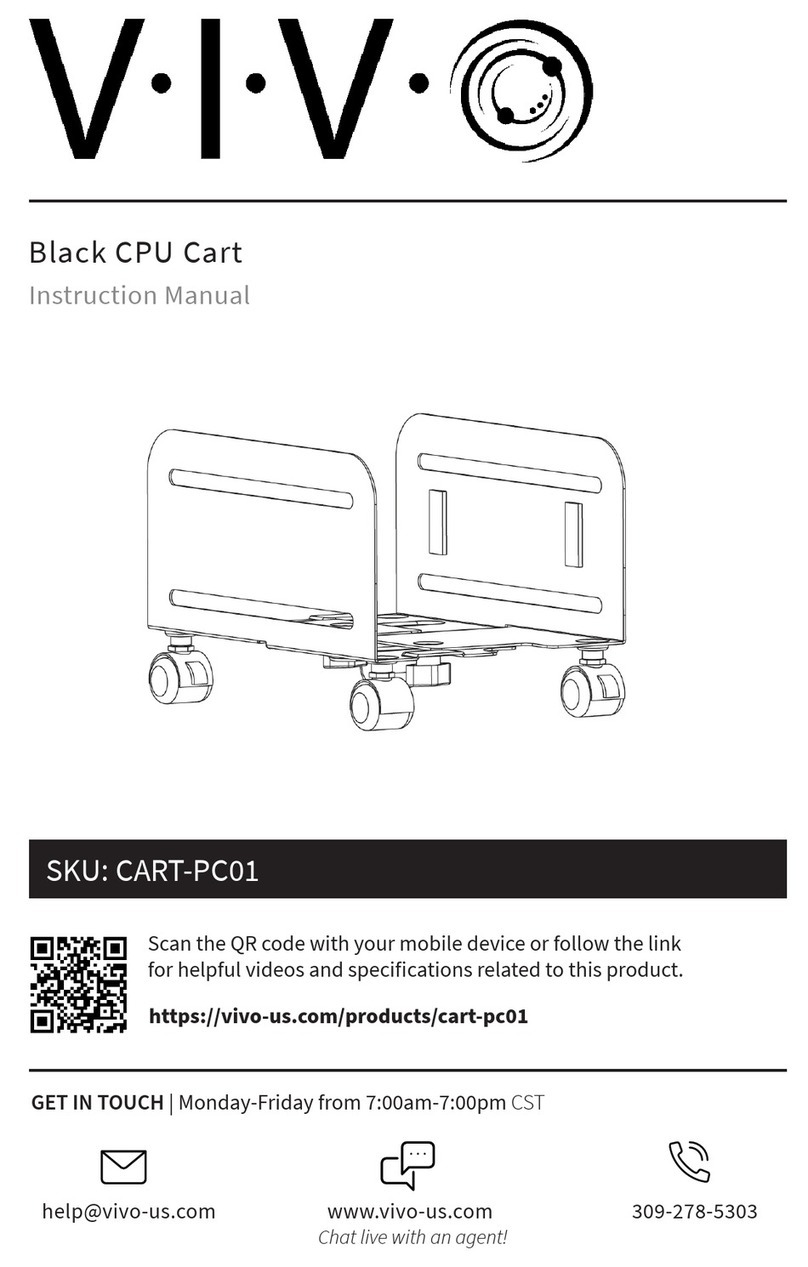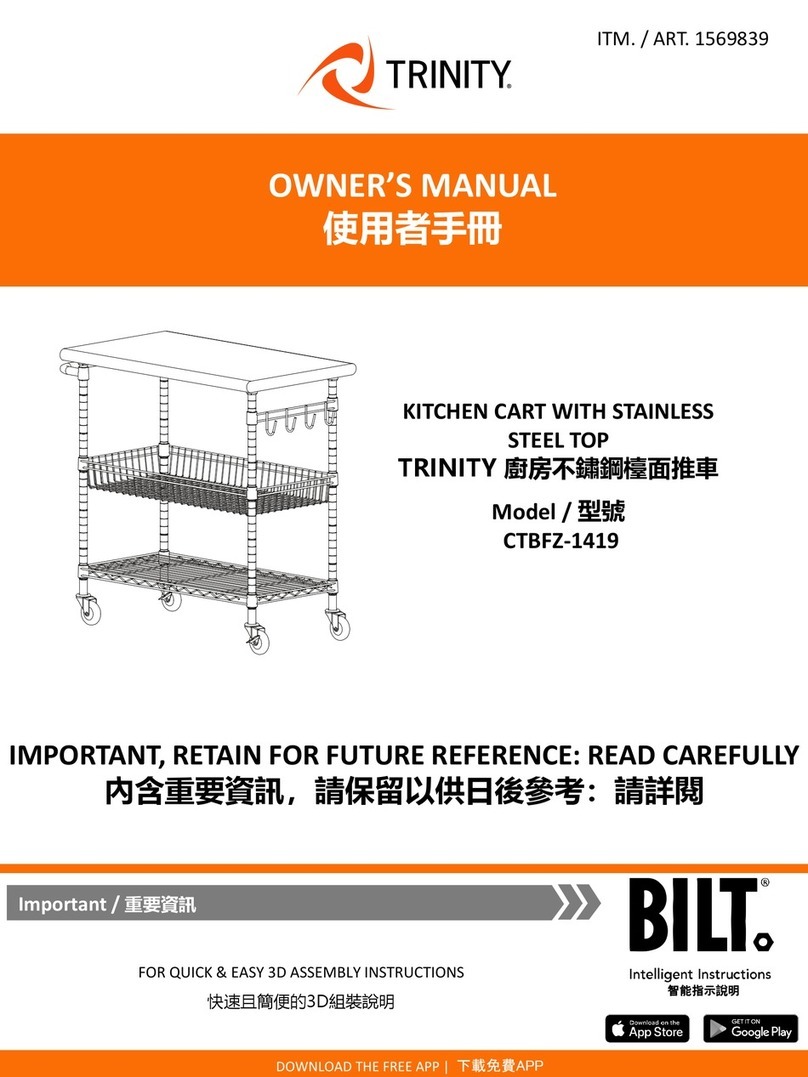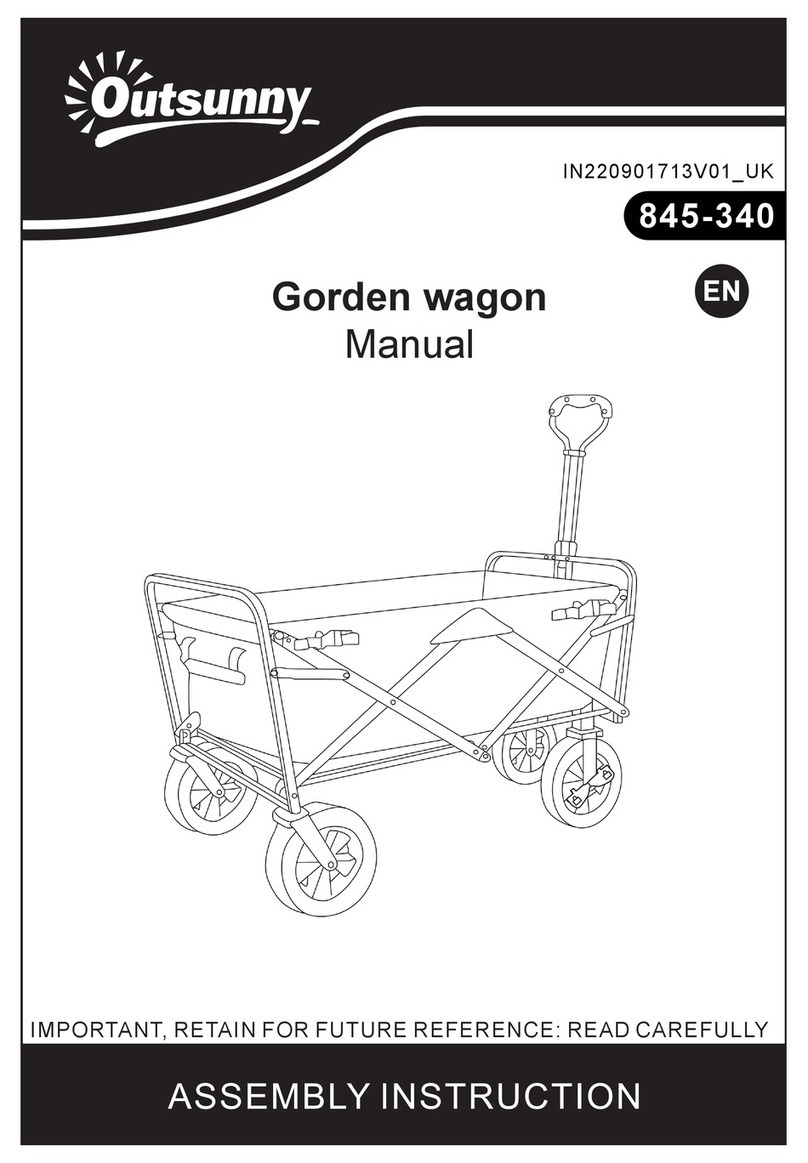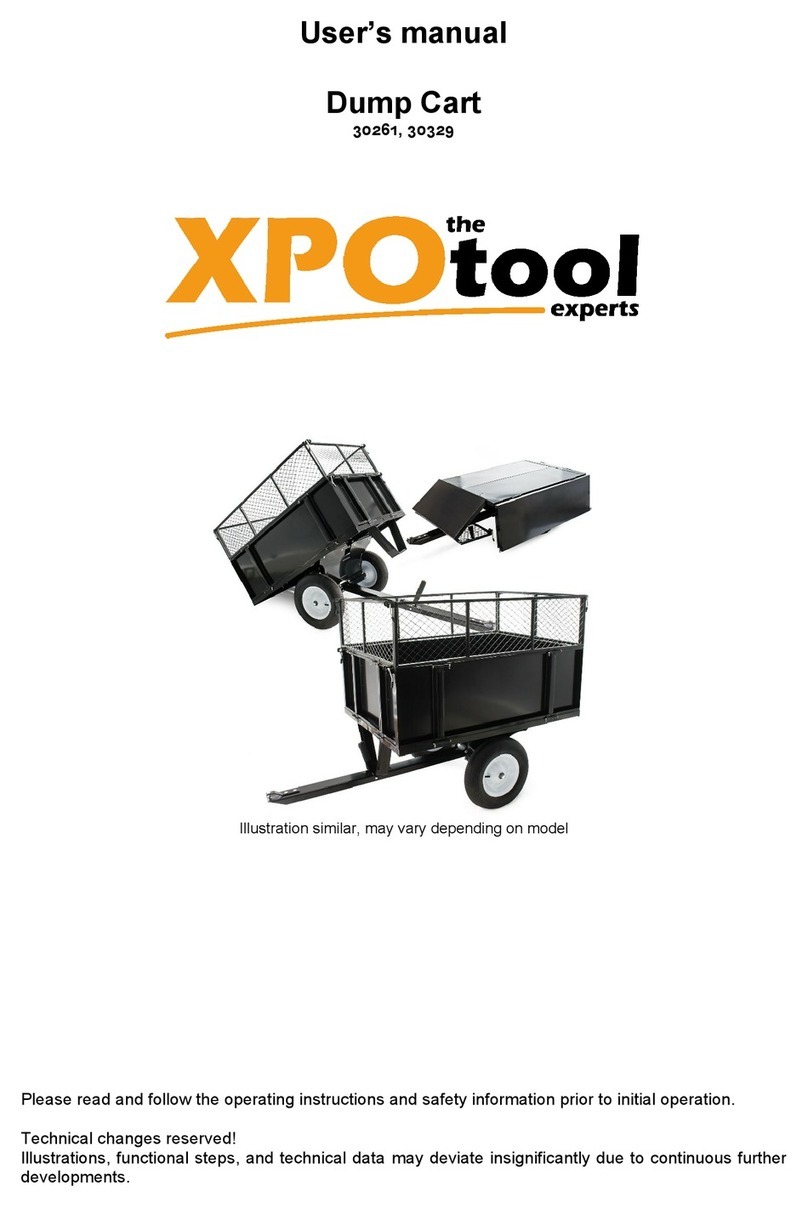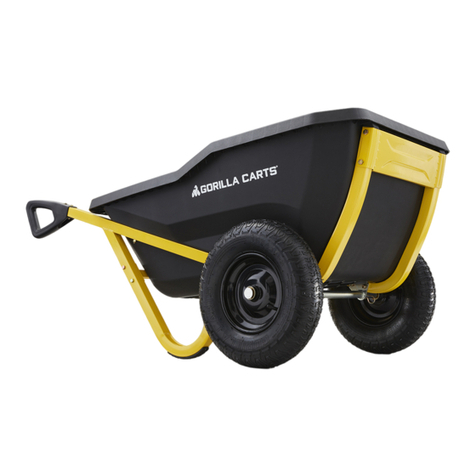
Page 4
Safe use of your Trolley / Trolley Care
Safety cut-out
This Motocaddy trolley is tted with a timed safety cut-out feature. Once started the trolley will automatically cut power to the
motor after ten minutes to prevent any possible damage to the trolley. Pressing the on/off button will restart the trolley.
Safe use of your Trolley
Motocaddy trolleys are designed for the transportation of golf bags and clubs contained within. Using the trolley for any other
purpose may cause damage to the trolley and cause harm to the user.
• Do not attempt to transport any other equipment
• The trolley is not designed for the transportation of people
• Do not use the trolley to assist you when going up hills
• Submerging the trolley in water (e.g. a lake) is likely to cause damage to the trolley
• Do not operate the trolley whilst under the influence of drugs or excessive amounts of alcohol
• All batteries must be disconnected from the trolley before folding, storage and transportation
Caring for your Trolley
Although your Motocaddy trolley has been weatherproofed, please follow these simple guidelines to help protect your trolley:
• Do not store your trolley outside
• Try to minimise exposure to rain as much as possible with an umbrella during heavy rainfall
• Wipe excess water from the trolley prior to storage
• Never use a pressure washer to clean your trolley. To prevent water damage, wipe down with a damp cloth
• Avoid using high pressure air hoses near moving components
